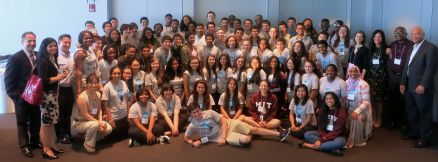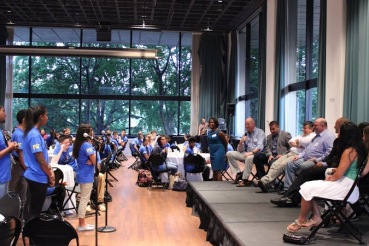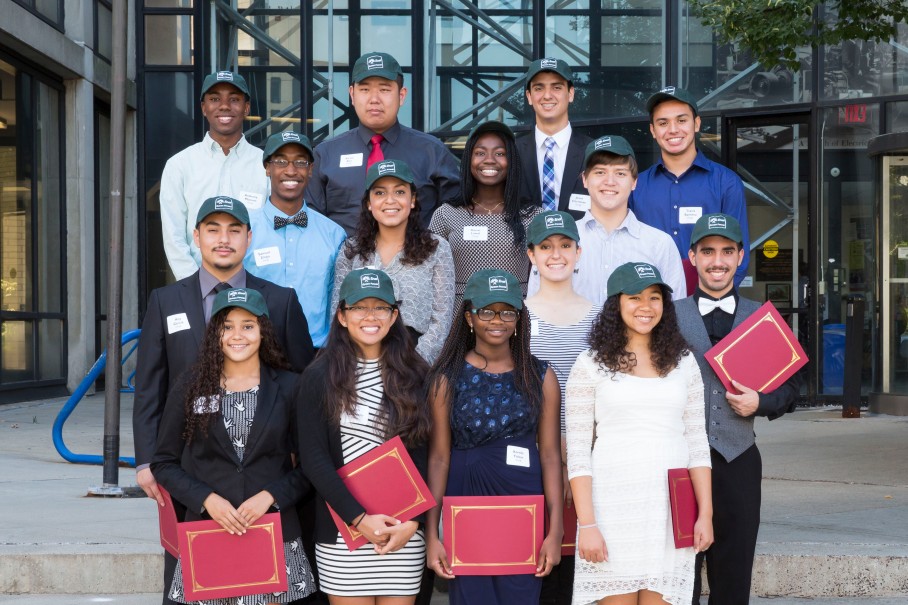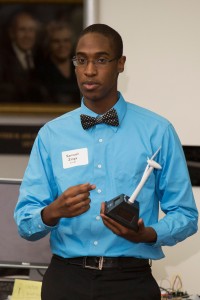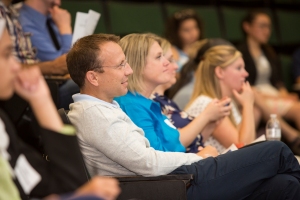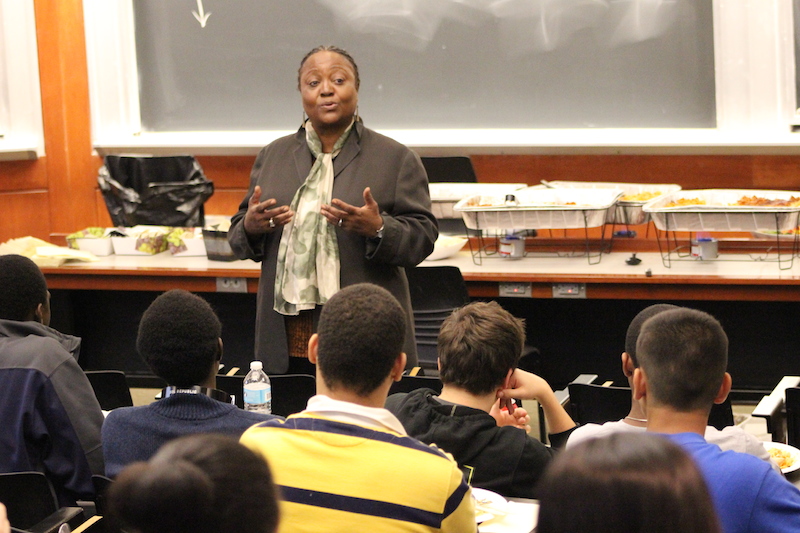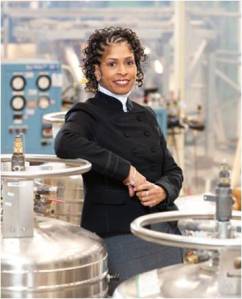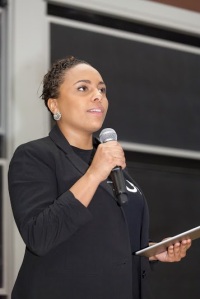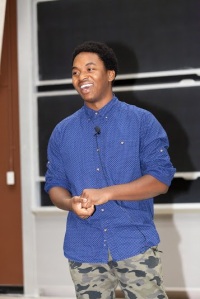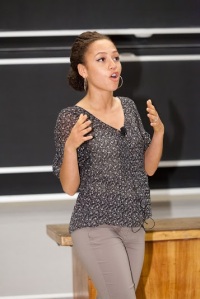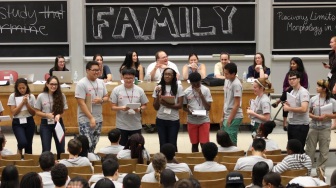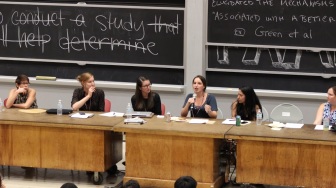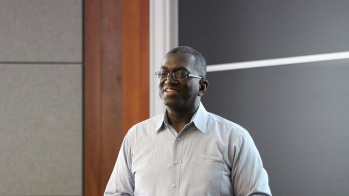
Valarezo traveled via kayak to film interviews with community members and learn more about education in Ecuador
Columbia University sophomore Jessica Valarezo knew that she wanted to shift perceptions and incubate ideas since taking part in Engineering Experience at MIT (E2@MIT) in high school. With a strong interest in education, Valarezo recently mentored students in New York and traveled to Ecuador and Brazil to prove that technology can benefit communities in immeasurable ways. The chance to give young women the confidence to seek out the careers they want and to implement new educational ideologies in the developing world drive Valarezo’s work.
In 2012, Valarezo participated in E2@MIT, a weeklong program that provides students with a project-based course and workshops in science and engineering. “MIT made me realize the value of mentorship and outreach programs and how startling of an impact they can make on people,” said Valarezo.
Valarezo felt reverberating effects of her transformation years later when she reviewed a journal entry she wrote during E2@MIT in which she pledged her college years to outreach efforts. “I found that journal the last day of my program this summer, and I came full circle,” said Valarezo.

Valarezo mentored at Girls Who Code, a nonprofit aimed at reaching gender parity in computer science.
Spurred by the effects of E2@MIT, she became a mentor for Girls Who Code, an initiative that empowers girls to excel in computer science through programs in libraries, schools, and community centers across the country. During her time with Girls Who Code, Valarezo worked with one girl from Paraguay who felt self-conscious because of her accent. Over the course of her time in the program, she learned to code and gained the courage to speak with exceptional confidence. In another instance, two girls created a videogame in four days that was featured in New York Daily News and Seventeen Magazine.
Valarezo says her experience with Girls Who Code impacted her as positively as it impacted the girls she mentors. She is now resolved to start a chapter of Girls Who Code at Columbia University, where she is a member of the Society of Professional Hispanic Engineers and Women in Computer Science.

Valarezo and three fellow students from Columbia University traveled across Ecuador and Brazil to conduct research on different education systems.
Valarezo’s time with Girls Who Code inspired her to join a last-minute trip to shoot a documentary about education in Ecuador. “After Girls Who Code, I realized the difference a curriculum can make,” said Valarezo. “I was interested in seeing if using more technology can become part of community reform in Ecuador.” She traveled with three other young women who each had personal hopes for the trip but were united by a common ideal of cultural understanding. Throughout the journey, they spent time with people who shared stories of hope for their own communities as well as stories of success. “To be in some places where development was actually happening and corruption was lessened was hopeful,” said Valarezo.
Now, Valarezo carries what she learned in Ecuador and Brazil as she seeks out her own career. In the near future, she looks forward to pursuing an internship abroad with a software company in Europe, Asia, Africa, or Latin America, where she hopes to continue learning as much as she can and gain more experience in computer science.
—Sydney Lester

